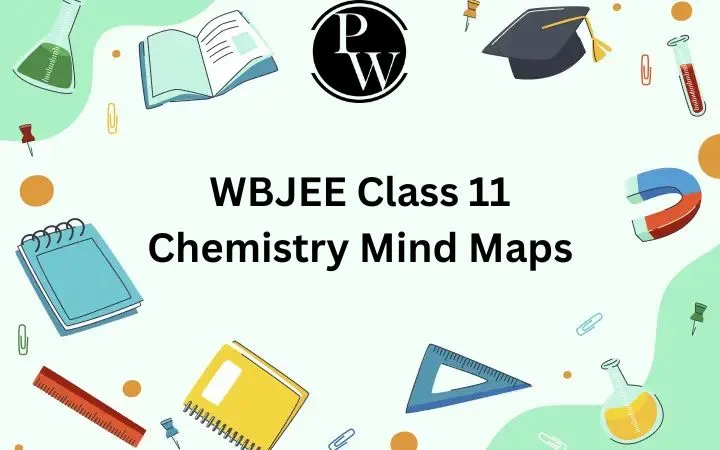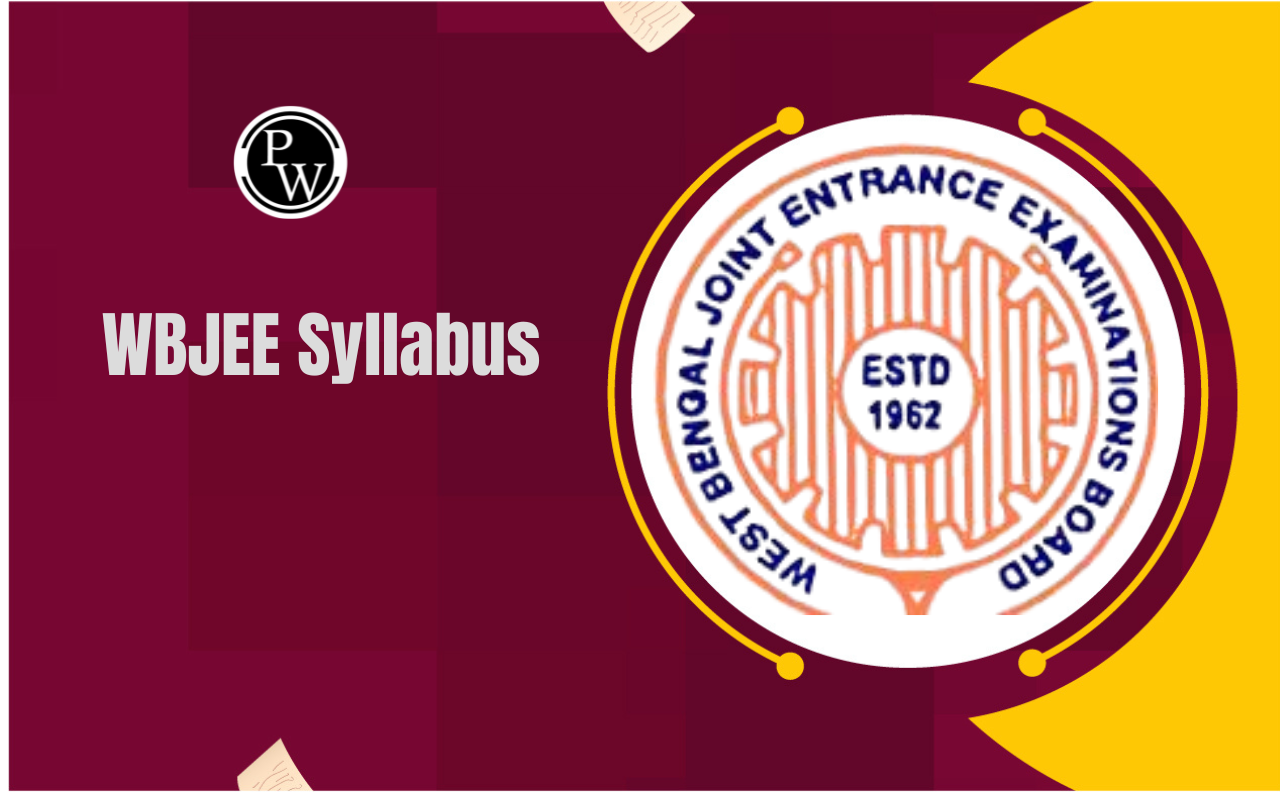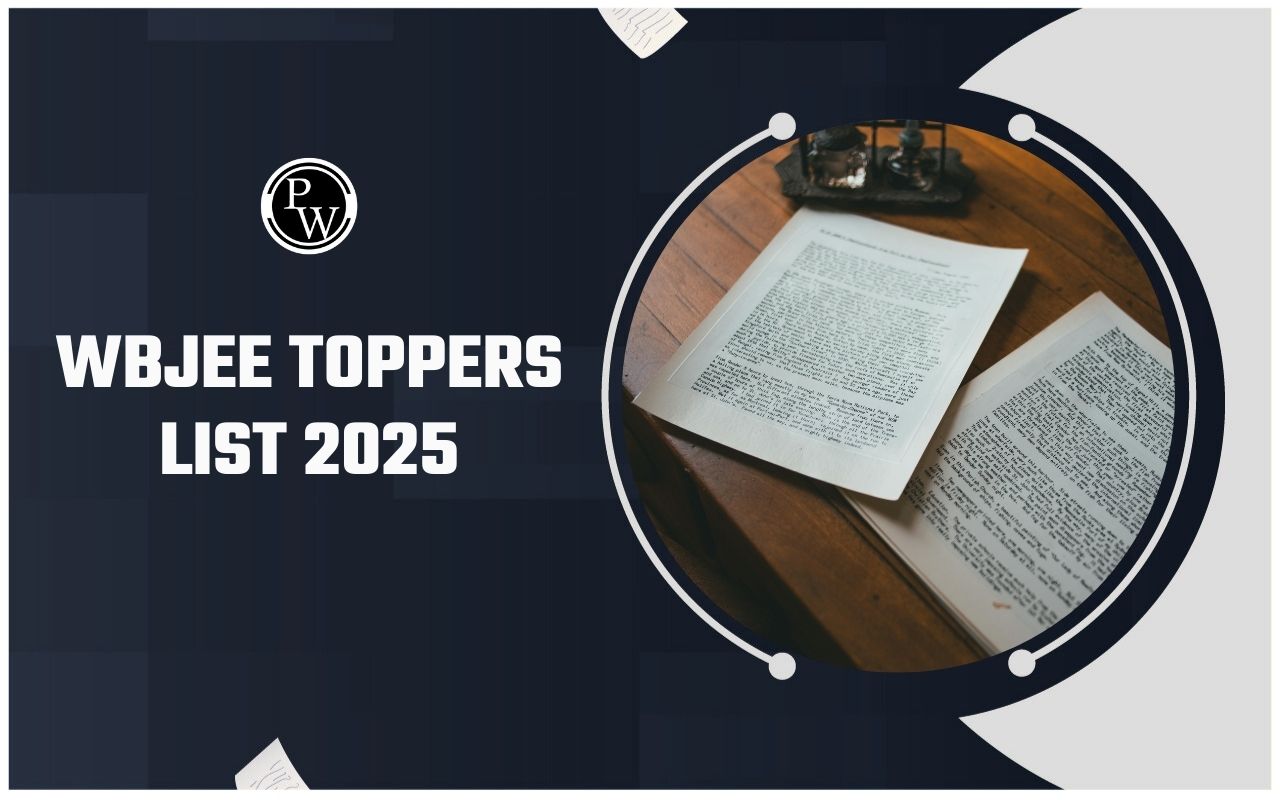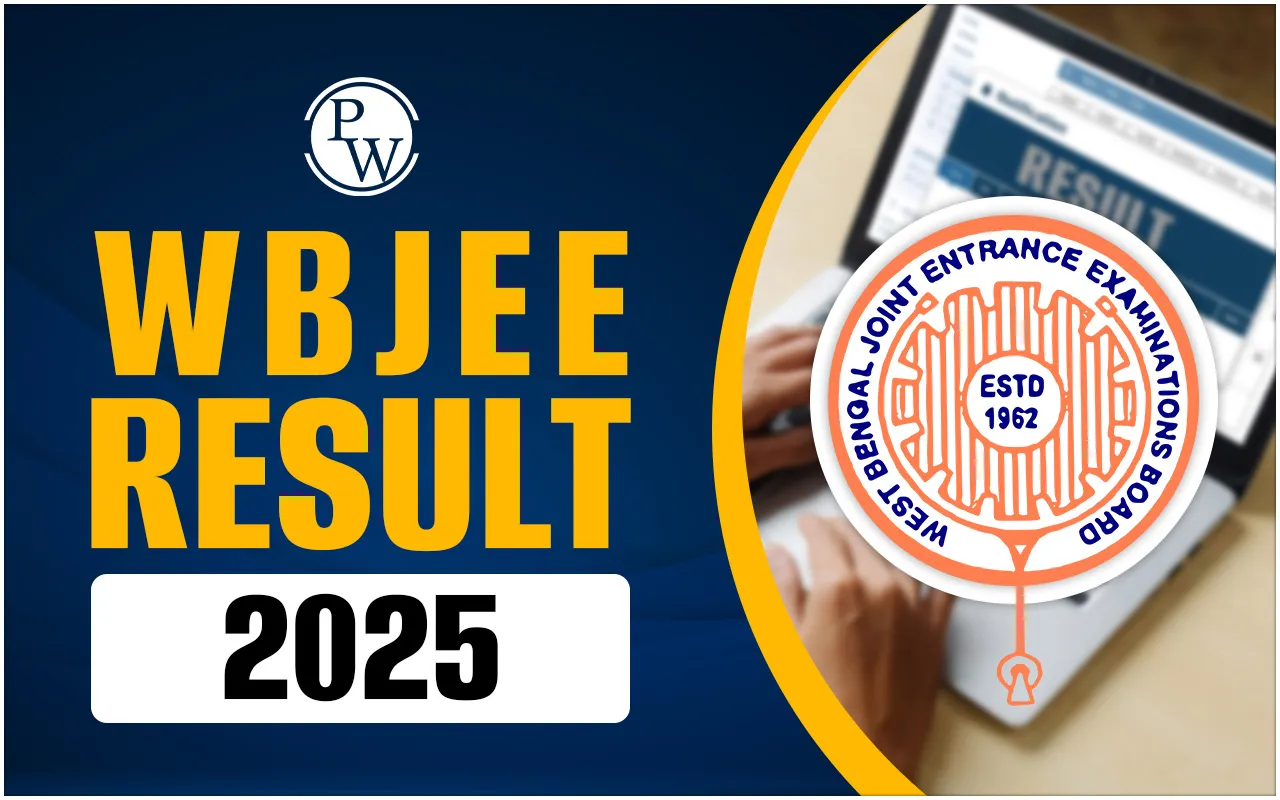

The WBJEE Class 11 Chemistry Mind Maps offer a structured and visual approach to understanding complex concepts, making exam preparation more efficient. These mind maps are designed in alignment with the latest syllabus and exam pattern, helping students identify key topics and their interconnections.
They serve as a quick revision tool, especially useful before exams. By integrating important points from previous year papers, the mind maps highlight frequently asked concepts, enabling focused study. Ideal for concept clarity and retention, these mind maps support systematic learning, ensuring students are well-prepared for both Class 11 assessments and the WBJEE entrance exam.
WBJEE Class 11 Chemistry Mind Maps
Check the WBJEE Class 11 Chemistry Mind Maps provided below to simplify your exam preparation. These mind maps are based on the latest WBJEE Syllabus and exam pattern, and also incorporate insights from previous year papers. Use them for quick revision, better concept clarity, and effective retention. Click on the links below to access and download the PDFs.
|
WBJEE Class 11 Chemistry Mind Maps |
||
|
S.No |
Chapter Name |
Mind Map PDF |
|
1 |
Some Basic Concepts of Chemistry |
|
|
2 |
Structure of Atom |
|
|
3 |
Classification of Elements and Periodicity in Properties |
|
|
4 |
Chemical Bonding and Molecular Structure |
|
|
5 |
States of Matter |
|
|
6 |
Chemical Thermodynamics |
|
|
7 |
Equilibrium |
|
|
8 |
Redox Reactions |
|
|
9 |
The s-Block Element |
|
|
10 |
The p-Block Element |
|
|
11 |
Hydrogen |
|
|
12 |
General Organic Chemistry (GOC) |
|
|
13 |
Hydrocarbons |
|
|
14 |
Environmental Chemistry |
|
Also Check: WBJEE 2025 Most Asked Chapters and Weightage for All Subjects
Detailed Overview of WBJEE Class 11 Chemistry Mind Maps
Here is a detailed overview of the WBJEE Class 11 Chemistry Mind Maps:
1. Some Basic Concepts of Chemistry
This mind map covers fundamental topics like mole concept, stoichiometry, and laws of chemical combination. It lays the groundwork for numerical problem-solving and theoretical understanding essential for advanced topics.
2. Structure of Atom
Focuses on atomic models, quantum numbers, and electron configurations. The mind map simplifies abstract concepts, helping students grasp Bohr’s model and the quantum mechanical model clearly.
3. Classification of Elements and Periodicity in Properties
Includes the periodic table, periodic trends, and classification of elements. Aids in understanding element behavior and their chemical properties, crucial for solving periodicity-based questions.
4. Chemical Bonding and Molecular Structure
Explains types of bonds, hybridization, molecular geometry, and VSEPR theory. Helps visualize molecule shapes and understand bond formation—key for both theory and application questions.
5. States of Matter
Covers properties of gases and liquids, gas laws, and ideal vs. real gases. Useful for solving numerical problems and understanding intermolecular interactions in various states.
6. Chemical Thermodynamics
Includes energy changes, enthalpy, entropy, and Gibbs free energy. The mind map helps connect thermodynamic terms with practical chemistry applications, enhancing conceptual clarity.
7. Equilibrium
Deals with chemical and ionic equilibrium, Le Chatelier’s principle, and equilibrium constants. Helps in visualizing reversible reactions and conditions affecting equilibrium shifts.
8. Redox Reactions
Explains oxidation-reduction, electron transfer, and balancing redox equations. It strengthens foundational understanding for electrochemistry and reaction mechanism topics.
9. The s-Block Element
Highlights the properties and reactions of Group 1 and 2 elements. It provides quick recall of key trends and characteristics for solving memory-based and application questions.
10. The p-Block Element
Focuses on Group 13 and 14 elements with trends, compounds, and structures. The mind map simplifies memorization and comparison of chemical behavior across groups.
11. Hydrogen
Covers properties, isotopes, and compounds of hydrogen. Acts as a bridge between physical and inorganic chemistry, with insights into hydrogen’s reactivity and importance.
12. General Organic Chemistry (GOC)
Includes electron displacement effects, acidity/basicity, and reaction intermediates. Essential for mastering organic mechanisms and predicting reaction outcomes confidently.
13. Hydrocarbons
Covers alkanes, alkenes, alkynes, and aromatic compounds with their properties and reactions. The mind map is useful for reaction mechanisms and solving organic conversions.
14. Environmental Chemistry
Introduces environmental pollution, green chemistry, and atmospheric chemistry. Provides concise points for theoretical questions and creates awareness of chemistry in real-life contexts.
WBJEE Eligibility Criteria 2025
Benefits of Using WBJEE Class 11 Chemistry Mind Maps
Here are the key benefits of using WBJEE Class 11 Chemistry Mind Maps:
-
Quick Revision Tool
Mind maps condense complex concepts into simple visuals, making last-minute revision faster and more effective. -
Aligned with Syllabus and Exam Pattern
Designed strictly as per the latest WBJEE syllabus and exam pattern, ensuring focused preparation on relevant topics. -
Boosts Conceptual Clarity
Helps students understand and connect concepts clearly through structured diagrams, improving long-term retention. -
Highlights Important Topics
Covers frequently asked topics from WBJEE Previous Year Question Papers, guiding students on what to prioritize during preparation. -
Enhances Visual Learning
Ideal for visual learners, mind maps make abstract topics like atomic structure or thermodynamics easier to grasp. -
Improves Memory Recall
The use of keywords, branches, and associations aids in better memory recall during tests and exams. -
Saves Study Time
Instead of reading long chapters, students can use mind maps to quickly go through all major points efficiently. -
Ideal for Self-Assessment
Helps identify gaps in understanding, allowing students to revise weak areas systematically and effectively.
WBJEE Class 11 Chemistry Mind Maps FAQs
What are WBJEE Class 11 Chemistry Mind Maps?
Are these mind maps based on the latest WBJEE syllabus?
Do the mind maps include important topics from previous year papers?
How can I use these mind maps effectively?













